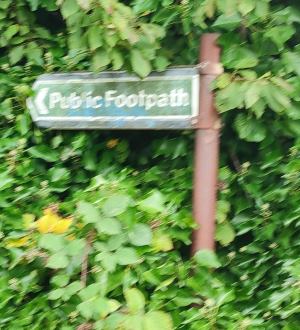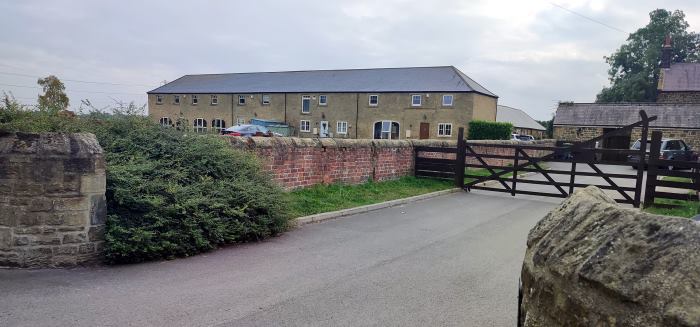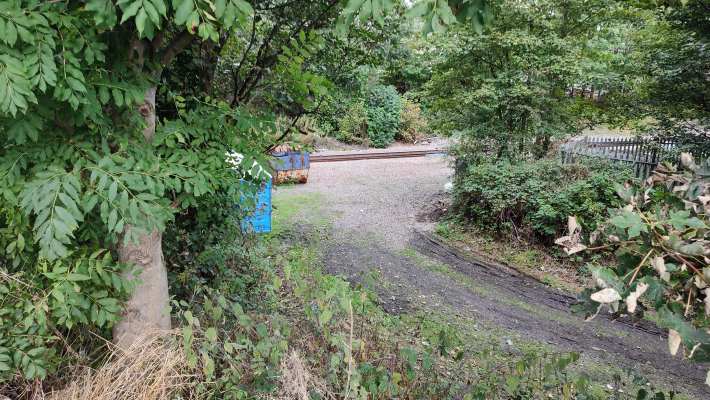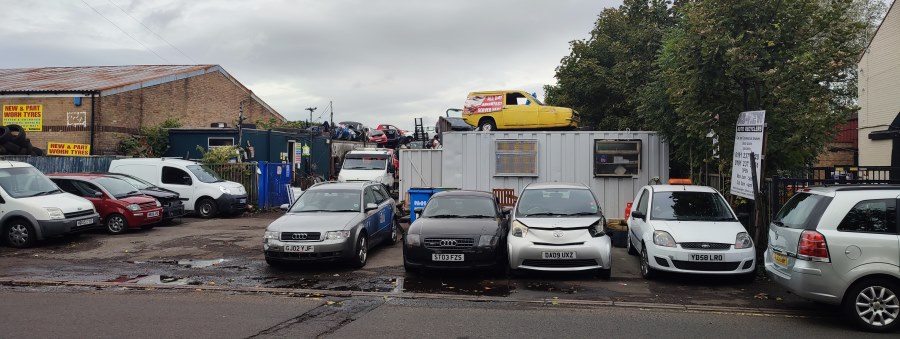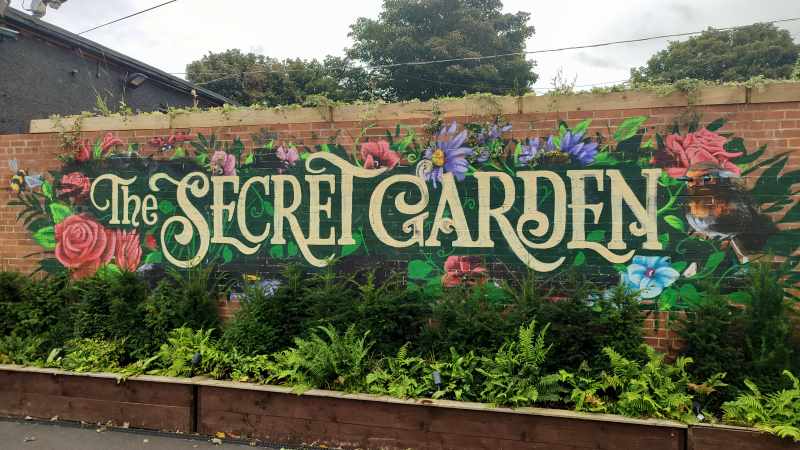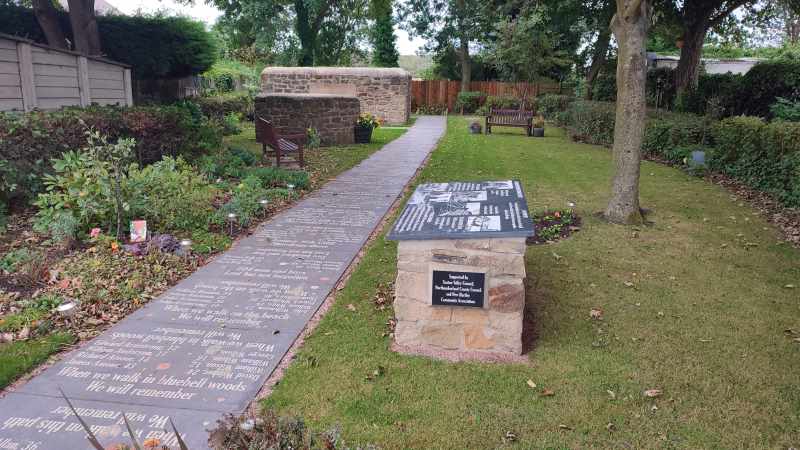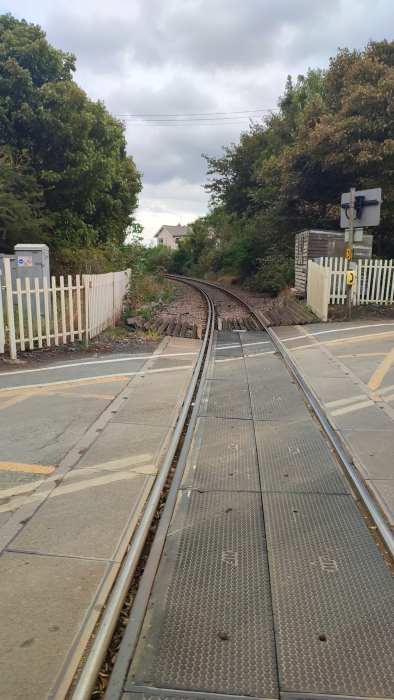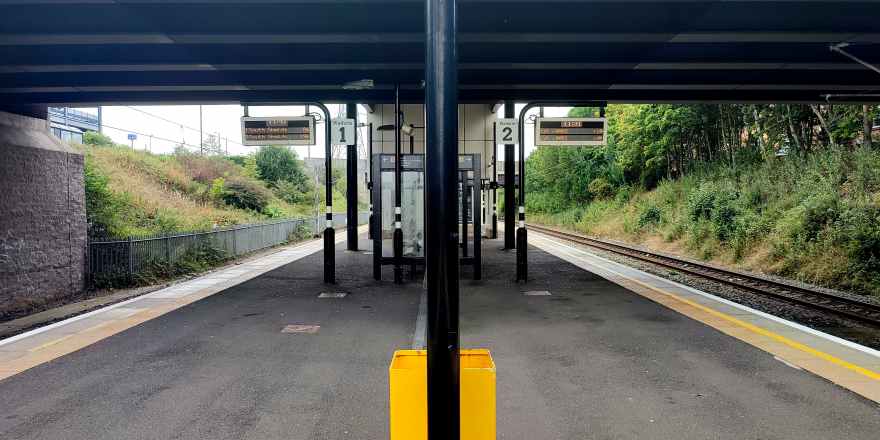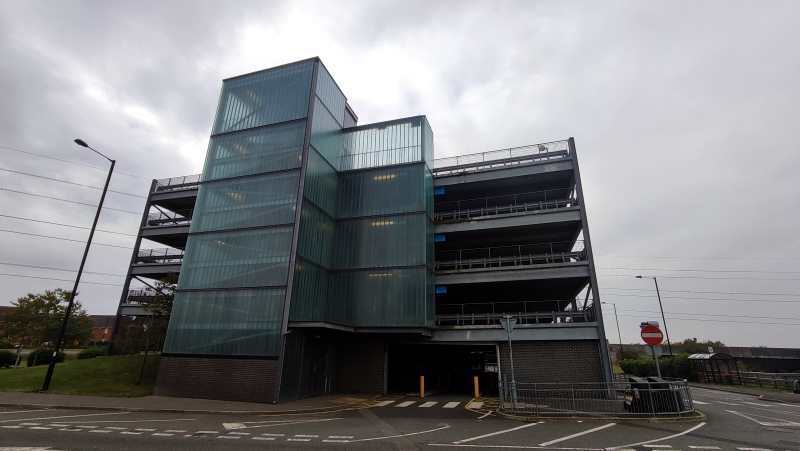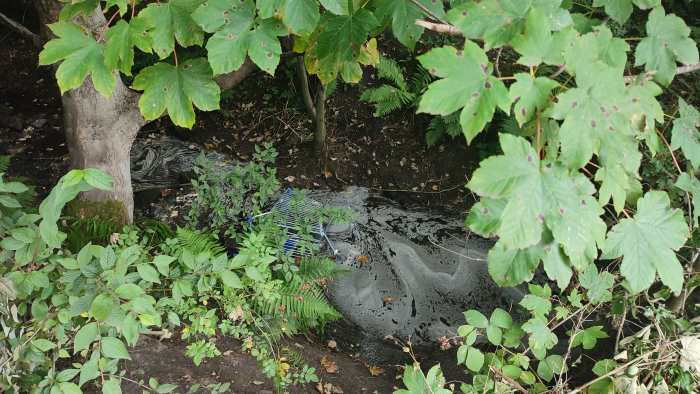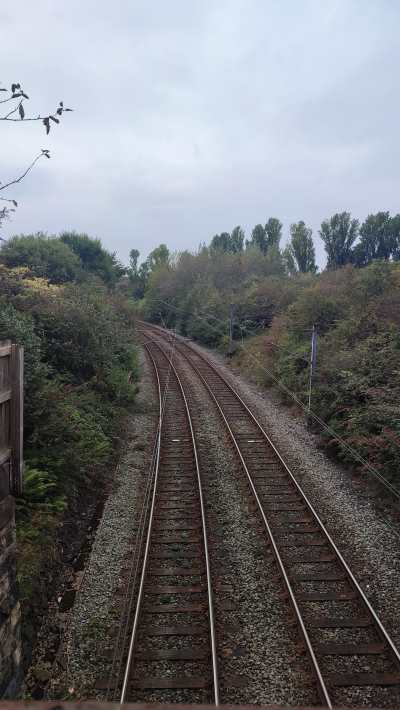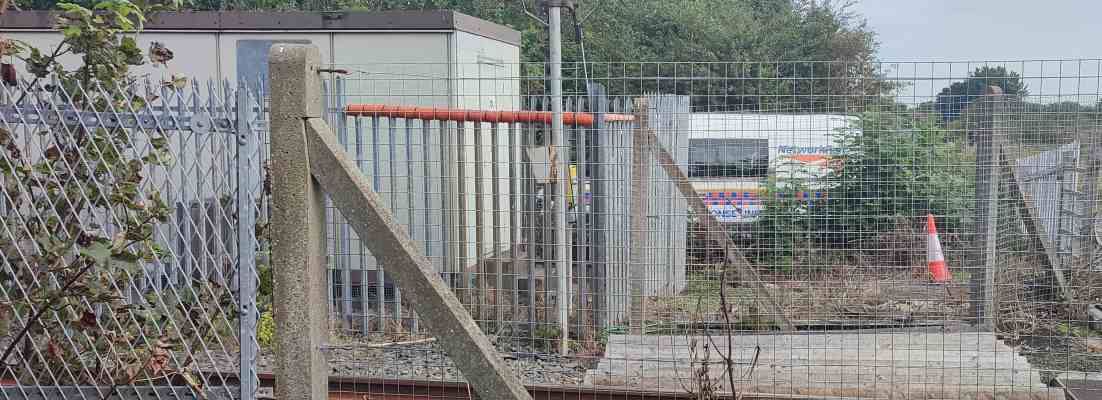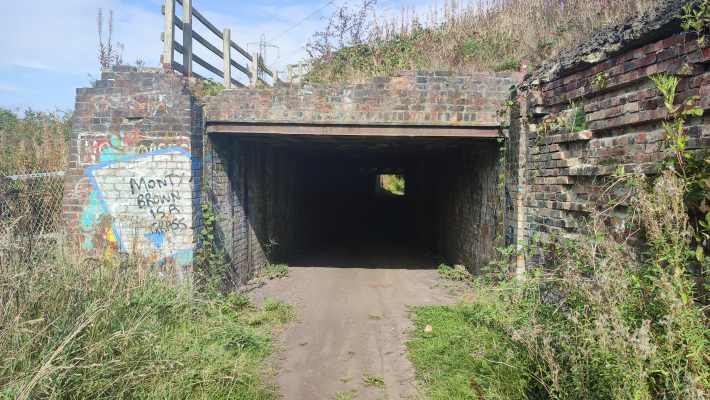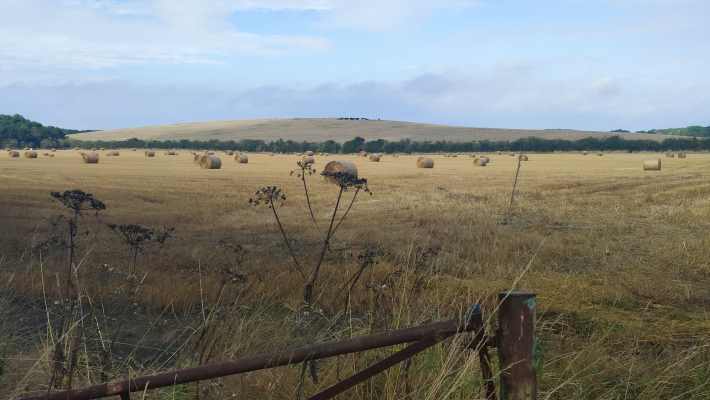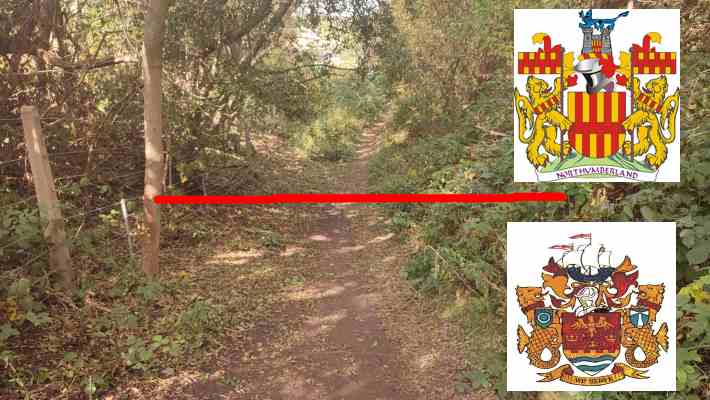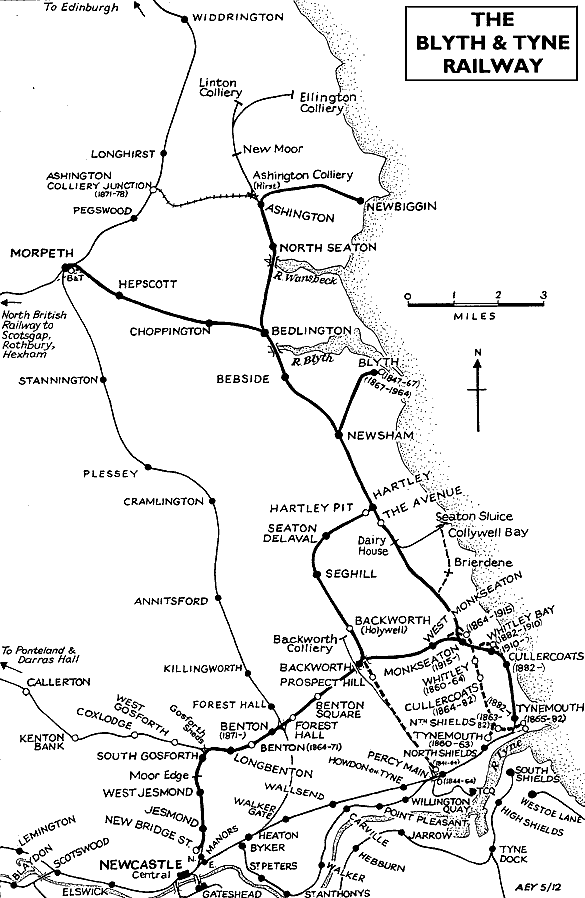The industry town of Blyth is bordered on four sides by sights iconic of the Northumbrian experience. To the north lies the eponymous River Blyth, carving out a respectable third to the Tyne and Tweed in how it has shaped the course of the county’s history. To the east, the awesome North Sea ebbs and flows, enticing herds of families out to the beach. Southwards, farms and fields stretch on until they meet the city streets. And, to the west, the dismal grey A189 motorway cuts its way through impoverished streets and empty grassland.
So guess which path the railway sent me down? That’s right, it was hugging the fucking tarmac for me. There’s a reason the God of travellers is a trickster.
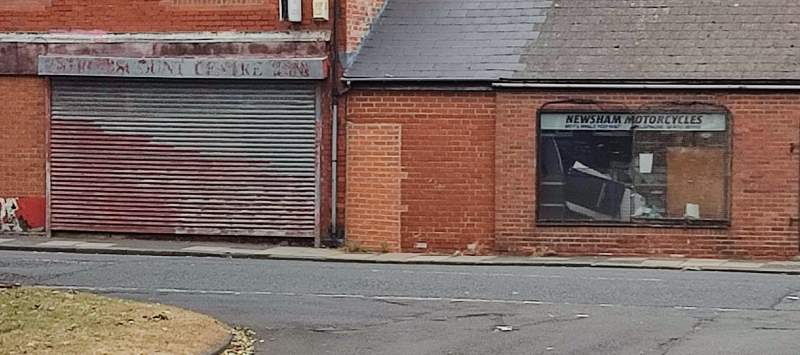
Newsham is perhaps the prototypical post-industrial suburb. The streets are lined with drab row-houses and shuttered shops whose walls sit darkened by cigarette smoke. But even here, there are signs of history, and signs of life. Walking along a small council estate, even in this decidedly hard-to-do area, people's personalities shine through. One car, judging by the bumper stickers, belongs to a proud gay naturist. Another house has a carved relief of an Indian chief (although i doubt the inhabitants have a drop of Native American blood in them). And at the end of the road lies the holy grail: the old station master's house, whose nearby decaying platforms just about peek over the fence.
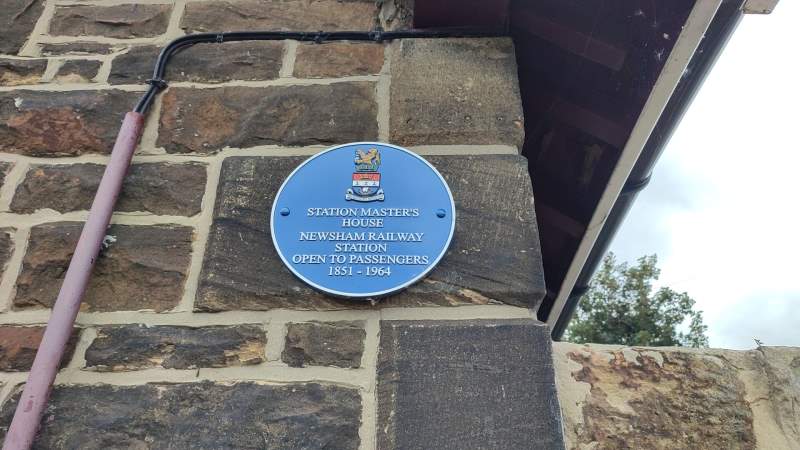
After this, our path splits in two: the main line continues up to Bebside, but a spur branches off and swings to the town centre. The first one is mostly a boring romp through farmland and reclaimed forests, so, for now, we'll be following the second line.
There are a lot of things about Blyth that i’m sure the town council would love for me to tell you about. It has an historic beach (though it’s all the way on the south end of town, and there’s no reason for you to make the trek when Newbiggin and Whitley Bay are closer and just as nice). There's a weekly market on Thursdays (though on the Thursday i went in, they’d all packed up already), by the plaza next to the shopping centre (whose selection of options is laughable when compared to Manor Walks in the next town over). And they’re dead proud of their local football team, the Spartans, who famously performed somewhat above average in the 1978 FA Cup (never mind that Ashington spawned two World Cup winners).
By now you may have noticed that everything in Blyth seems to be a slightly crappier version of something from elsewhere in Northumberland. This goes too for the ignoble fate of its former station. While some have been turned into houses, shops, pubs, or just returned to the land whence they arose, Blyth’s once-proud central station is now… a Morrisons car park.
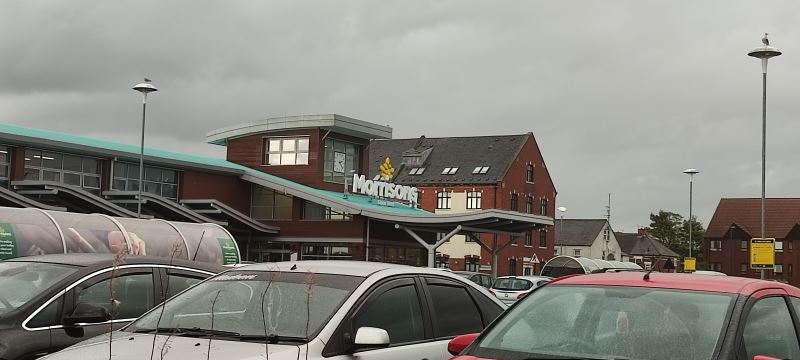
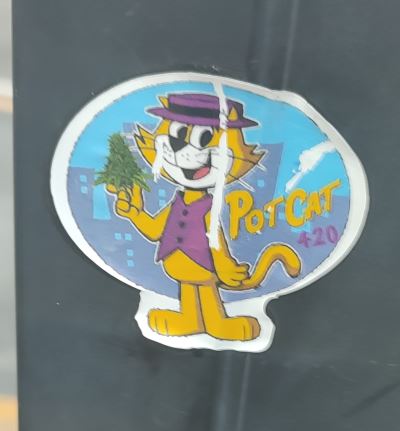
The branch line itself is now a straight-on footpath, cutting its way through town with a hospital and shopping centre on one side and impoverished estates on the other — until about halfway through, that is, when it suddenly becomes much more suburban in character; charming parks take the place of pools and appendectomies, while a long allotment fills the other side. (It was also — and i cannot stress this enough — absolutely pissing it down by the time i got to this end, and as such, i failed to get any usable footage. Just trust that it eventually meets back up with the main line.)
Back on the main line, the motorway leads to a depressing interchange at Bebside. Just across from the former site of the station sits the grimiest petrol station corner shop i think i’ve ever been to (no photos, alas, again); the site of the station itself has long been bulldozed and turned into a horse riding centre.
I’d love to stay and show you more, but the next phase in our adventure is a big one — because we’ll be taking a brief diversion to County Durham. It’ll all make sense when we get there. Ciao!
